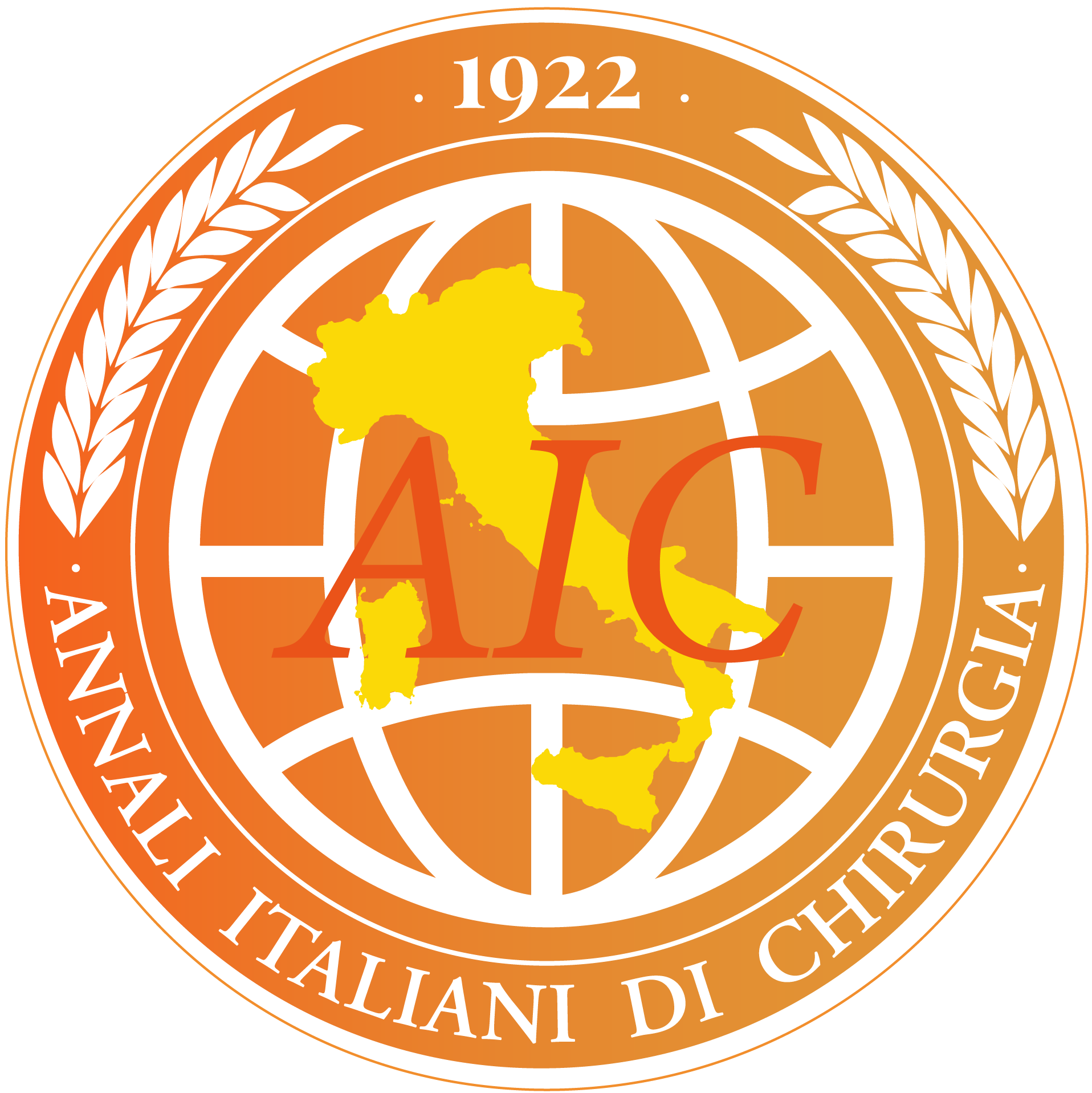4 Sep 2023
Case ReportNon traumatic right Bochdalek hernia with loss of Domain in adults. Our experience and review of literature
Michele Fiordaliso 1Agostino Consoli 2Shadi Ahmad 1Drini Kore 1Jonel Ngjelina 3Mevlüt Karaorman 1Pierluigi Chiesa 4
Affiliations
Article Info
1 Department of General, Visceral, and Vascular Surgery, Erbach, Germany
2 Chief of the Department of Endocrinology and Diabetology at University Hospital of Chieti-Pescara, Italy
3 Department of General, Visceral, and Transplant Surgery at University Hospital Tübingen, Germany
4 Pediatric Surgery Unit, Hospital “Santo Spirito” of Pescara and University “G. d’Annunzio” of Chieti Pescara, Pescara, Italy
Ann. Ital. Chir., 2023, 12(September), 152011;
Published: 4 Sep 2023
Copyright (c) 2023 Annali Italiani di Chirurgia
Abstract
INTRODUCTION: Right-sided Bochdalek hernia (BH) is a rare developmental defect in the posterolateral diaphragm, allowing herniation of abdominal contents into the thorax. To date only 44 reported cases of right-sided BH have been surgically managed in adults in literature. We report one additional case of right-sided BH with loss of Domain. “Loss of domain” (LOD) is a term used commonly in the hernia literature to describe the distribution of abdominal content between the hernia and residual abdominopelvic cavity. After repairing hernias with signficant LOD, serious physiological complications can arise. METHODS: PubMed and Cochrane bibliographical databases were searched (last search: February 2022) for studies concerning BH. CASE PRESENTATION: We report the case of a 50-year-old woman whose right-sided diaphragmatic hernia strangulated loops of small bowel and who was thus treated via urgent laparoscopy. After reduction of the intrathoracic contents we were unable to primarily close the midline fascia. We performed a staged abdominal wall reconstruction as the chronicity of the hernia led to loss of intra-abdominal domain. DISCUSSION: Bochdalek hernia (BH) is the most common type of congenital diaphragmatic hernia and is usually left- sided. It typically presents in neonates and diagnosis in adults is a rarity. Various surgical repair options include open surgery, laparoscopic repair, thoracoscopic approach and robotic transthoracic approaches. CONCLUSION: BH should be managed timely regardless of its symptoms to avoid future complications. e closure of the defect can be done by di erent methods. When, after diaphragmatic hernia repair, it is suspected that the herniated vis- cera have lost their domain, it is preferable to use a Temporary Abdominal Closure to prevent compartment syndrome.
Keywords
- Bochdalek hernia in adultsNon traumatic Bochdalek hernia
- Bochdalek hernia with loss of Domain
article-detail-mobile
